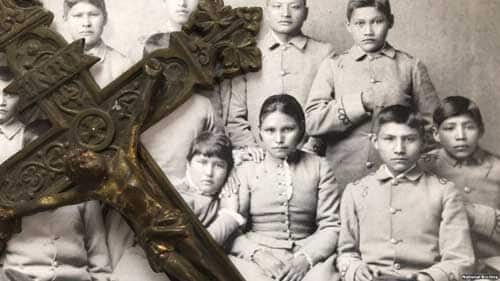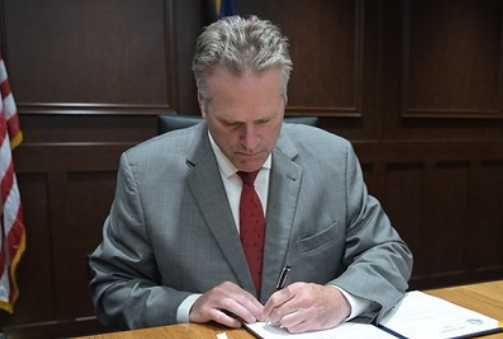
WASHINGTON — A Native American advocacy group says the U.S. government has failed in its responsibility to account for the fate of hundreds, perhaps thousands of children who died or disappeared into a historic boarding school system designed to “civilize” and Christianize generations of Native American children. Now, the group is hoping to take its case to the United Nations.
Beginning in the 1870s, as part of its policy of forced assimilation of tribes, the U.S. government took hundreds of thousands of Native American and Alaska Native (AN/AN) children from their families and placed them in off-reservation boarding schools, a practice that continued until the 1970s.
At these schools, usually run by religious institutions, children as young as four had to wear uniforms and could not wear their traditional clothing. They were given English names and punished harshly for speaking their native languages and practicing their religions.
The schools provided only rudimentary education, and the children spent half their days laboring in school kitchens, laundries or farms. Many were sent out as domestic workers or farm laborers, making them even more vulnerable to abuse and exploitation.

A 1928 study by what is today the Brookings Institution described crowded, unsanitary living conditions in most schools, noting that poor diets and chronic fatigue helped spread infectious diseases that ended up killing many.
But just how many, no one is sure, said researcher Preston McBride, who has spent years researching the children’s fates.
Little documentation
“It’s really impossible to know because the files in the National Archives in Washington, D.C., which are our best source of information, are notoriously inconsistent, and documents are also scattered in various archives across the country,” McBride said.
“A lot of the schools had cemeteries that have since been bulldozed over,” he added. “The cemetery at Nebraska’s Genoa Industrial School has one single headstone memorializing the students that may have died and been buried near here.”
The National Native American Boarding School Healing Coalition (NABS) was among several Native advocacy groups to file a Freedom of Information Act (FOIA) request with the Bureau of Indian Education (BIE). In early 2016, they asked for the following:
- The number of boarding schools the government funded and operated between 1819 and 1972
- A list of all schools, churches and individuals the government funded, with amounts
- Locations and annual enrollment lists for each school, along with students’ tribal affiliations
- An accounting of the fate all students and, if deceased, where they were buried.
[xyz-ihs snippet=”adsense-body-ad”]Government agencies are required to complete FOIA requests within 20 business days. Given the scope of the request, the BIE told NABS that it would need an additional 10 days to track down the documents. It also said that the bureau “could not fulfill under FOIA” the request for information on deceased students.
“That was in May 2016,” said NABS Executive Officer Christine McCleave, Turtle Mountain Ojibwe. “That was the last we heard from them.”
When VOA searched for the FOIA requests online, it found the case marked “closed,” and contacted the BIE to ask why.
A BIE -FOIA liaison said the bureau had gathered nearly 200 pages of documents pertaining to 186 schools, most of it financial in nature. He could not explain why these had never been released to NABS, but said he would mail copies of the documents both to NABS and VOA.
The spokesman also explained why BIE could not provide information on the missing: “Under the Freedom of Information Act, BIE is responsible for sharing documents, but not conducting research. This should have been spelled out in the letter to the coalition.”
Source: VOA







